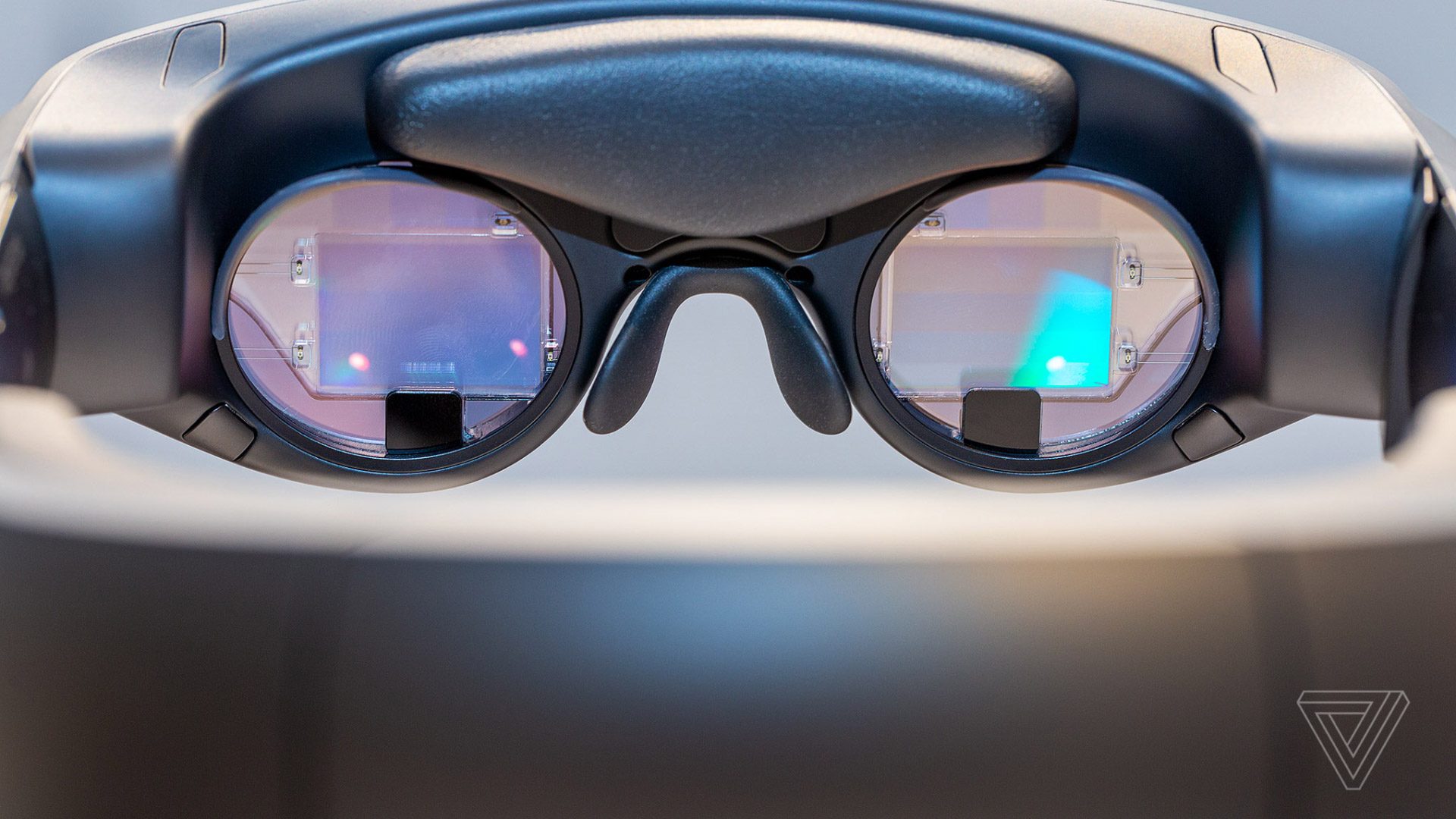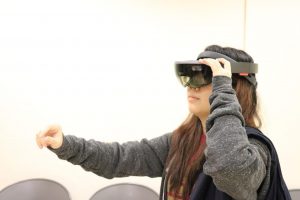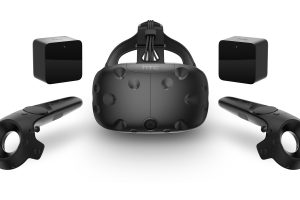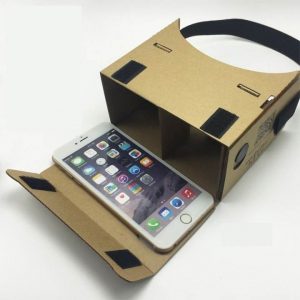Overwatch

Overwatch is a popular team-based multiplayer first person shooter, developed and published by Blizzard Entertainment. It was released in May 2016, and as of May 2018, has 40 million players worldwide.
Personal Experience
I started playing Overwatch since its launch and have had the opportunity to play in local and online tournaments as part of a full team of 6 or more for the past years, thus, my analysis will be based on the competitive mode (and aspect) that the game provides.
Analysis
Lens of Elemental Tetrad – #9
Aesthetics
Overwatch follows an art style and design akin to those found in 3-dimensional animated movies, and has a bright, vibrant colour palette that varies with different levels. This visual style sets the game apart from other first-person shooters and entices new players into their world, whilst ensuring that the basic elements that a first-person shooter possess are not affected, such as the visibility of characters across maps.
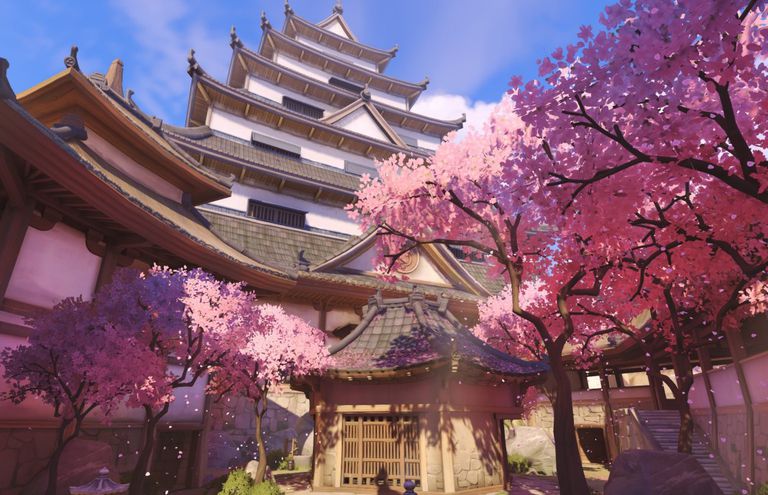
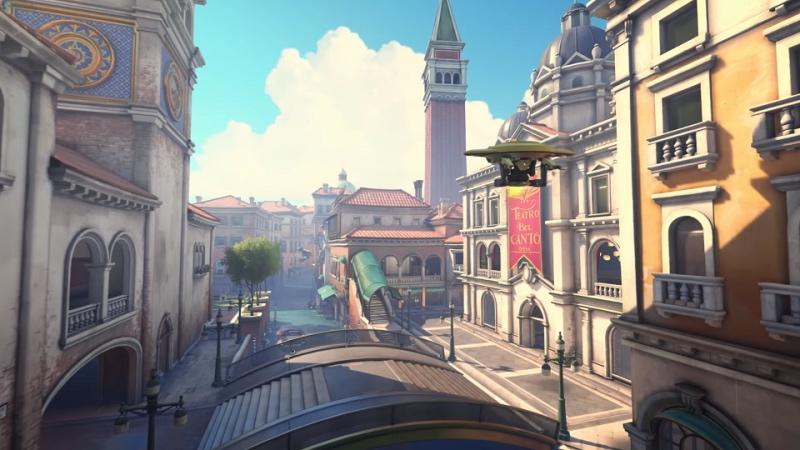
Technology
Overwatch was released on Windows, PlayStation 4, and Xbox One. The minimum system requirements for the PC version of Overwatch calls for an Intel i3 processor and a Nvidia GTX 460, both of which were released back in 2010, therefore, most modern laptops and desktops will be able to run this game just fine. As Overwatch has grown itself to become a worldwide eSports phenomenon, obtaining a higher “frames per second” (fps) count is essential to eSports players, and this title is highly optimized to run on PCs. With my gaming laptop (Intel i7-7700HQ, GTX 1060), the game runs on a buttery smooth average of 150 fps with low settings, which is also essential for maximizing frame rates.
Mechanics
In the competitive mode of the game, one team, consisting of six players, pit their skills against an opposing team, to take turns defending or attacking objective points or advancing payloads, until one team triumphs over the other. If a player on the attacking team contests a point or payload at the last 3 second of a round, the game goes into Overtime, a mechanic which gives a final chance to the attackers. As soon as an attacker is no longer contesting, the overtime meter will deplete until it reaches 0, or resets when an attacker contests the point or payload again.
Players can select from a pool of 29 (and expanding) heroes, categorized into three roles: Tank, Damage, and Support, with each hero having distinctively different abilities and an ultimate, game-changing ability. Players can combine any number of regular abilities or ultimate abilities to ensure that the team wins a fight.
For example, Zarya fires her ultimate, Graviton Surge (an orb that sucks in all enemies into an area) and attempts to combo with DVA’s ultimate, Self-Destruct (launching a self-destructing mech-suit). However, since there is a Reinhardt on the other team, Reinhardt’s shield can protect and negate damage from the self-destructing mech. Therefore, Lucio uses his normal ability, Soundwave, to knock the Reinhardt and his shield out of position, thus the combo was able to land successfully.
The game has no fall damage, no friendly fire (although it has self-damage from area of effect attacks), allowing for chaotic, fast-paced engagements.
Story
Overwatch’s story is not explicitly presented in front of the players and does not attempt to divert attention away from the main, action-packed gameplay. The story serves as a bridge and reason to the game’s setting and existence of certain heroes.
Overwatch is set in the near-future on Earth, where an international task force called Overwatch was formed to maintain global stability amidst the Omnic Crisis, where robots turned against humanity. However, corruption tore Overwatch apart, but the world still needs heroes to combat new crisis.
Overwatch’s story is ever expanding thanks to supplementary materials such as animated shorts, webcomics and hero biographies.
Lens of Resonance – #12
Every hero in the game has a chance of defending itself with its abilities. Players will not feel immediately disadvantaged when being flanked or attacked by an enemy opponent, no matter the hero choice. For example, Ana, a support hero that shoots healing darts with a rifle (and damaging darts if it his opponents), has the main role of healing the team from a distance. However, when an enemy tries to attack, Ana has abilities such as the sleep dart to defend herself in an attempt to shutdown a successful assassination attempt.
Every hero also has an ultimate ability, which if perfectly timed, coordinated and executed, has a higher chance of a game-changing, game-winning play, thus players will never feel that a round is completely lost without at least trying. For example, the Reaper waits until the last few seconds before casting his ultimate, Death Blossom, which damages enemies in a ring around him, enabling the team to continue capturing the point in overtime.
Lens of Cooperation – #44
The game has a built in voice chat system, which allows communication between players. Communication in Overwatch is essential and can be the determining factor in whether a team wins or loses a match. Given a typical Overwatch map, opportunities for flanks and alternative routes are open to both sides, and the location of a high-value target must be conveyed such that everyone in the team can start focusing fire. Support heroes, when flanked, can call for help and it is up to the other players in the team to respond accordingly. Losing a single teammate puts the entire team at a disadvantage, leaving the team in a 5 vs 6 situation.
The development team has also attempted to enhance cooperation between players in Overwatch by providing a “Looking for Group” feature, which allows players to match up with other groups who are looking for players which are good at playing specific roles.
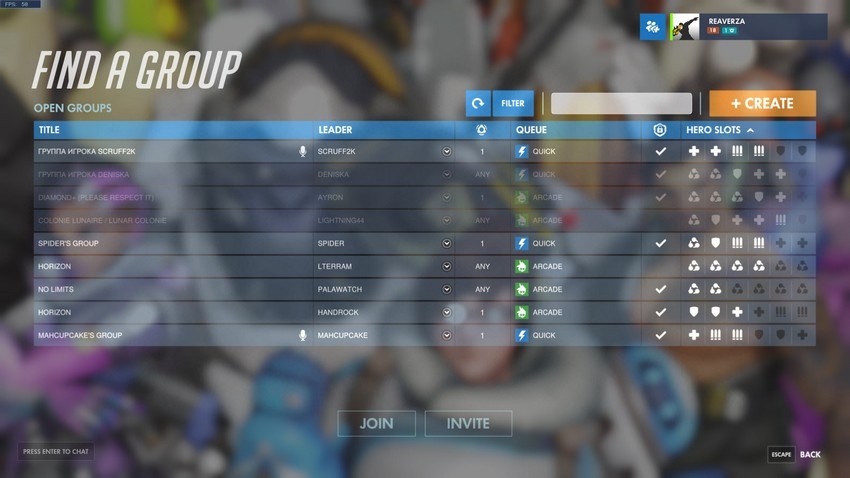
Lens of Action – #31
On the surface, Overwatch might seem like a simple game, but there is underlying complexity within. Complementary team compositions, communication and synergy is all key to defeating opponents. The classic team composition follows a “2-2-2” structure, 2 Damage heroes, 2 Tank heroes, and 2 supports, and depending on which heroes are selected, determines the play-style of the entire team. The 2 most effective “2-2-2” team compositions are “Deathball” and “Dive. “Deathball”, which consist of the tanks “Reinhardt” and “Zarya”, with 2 close to medium ranged damage and support heroes, follows the playstyle where all 6 players stick close to one another and attempts to out-damage and steamroll the opposing team. “Dive” on the other hand, consist of the mobile tanks “Winston” and “Dva”, along with mobile, flanking damage heroes such as “Genji” and “Tracer”. This composition follows the play-style of aggressively jumping in and on top of exposed opponents or support heroes, but it requires more coordination between the damage heroes and tanks to focus a target.
A recent popular team composition that has surfaced is the unusual “3-3” composition, which are 3 tanks and 3 supports, known as the “GOATS” composition. It follows a similar play-style to “Deathball” but is even more aggressive and fast-paced in nature. The objective of a GOATS composition is to obtain ultimate abilities faster than the opposing team on top of out-damaging them.
Due to its effectiveness in competitive play and tournaments, attempts were recently made to reduce its effectiveness through hero balance changes, and to encourage other compositions and play-styles.
The ever-changing META (Most Effective Tactic Available) and balance changes are what keeps the game fresh and unique with every match, and with the inclusion of new, potentially META-changing heroes, ensures the longevity of the game.
Lens of Competition – #43
In competitive play, the game has a “Skill Rating” (SR) system, which assigns a numerical value to a player’s performance and ability within the game. The SR system ranges from 1 to 5000, and includes tiers in ranges, from Bronze tier ( 1 – 1499 ), to Grandmaster tier ( > 4000 ). On top of that, there is a leaderboard which shows the top 500 players in 3 different regions based on SR values, Americas, Asia and Europe.
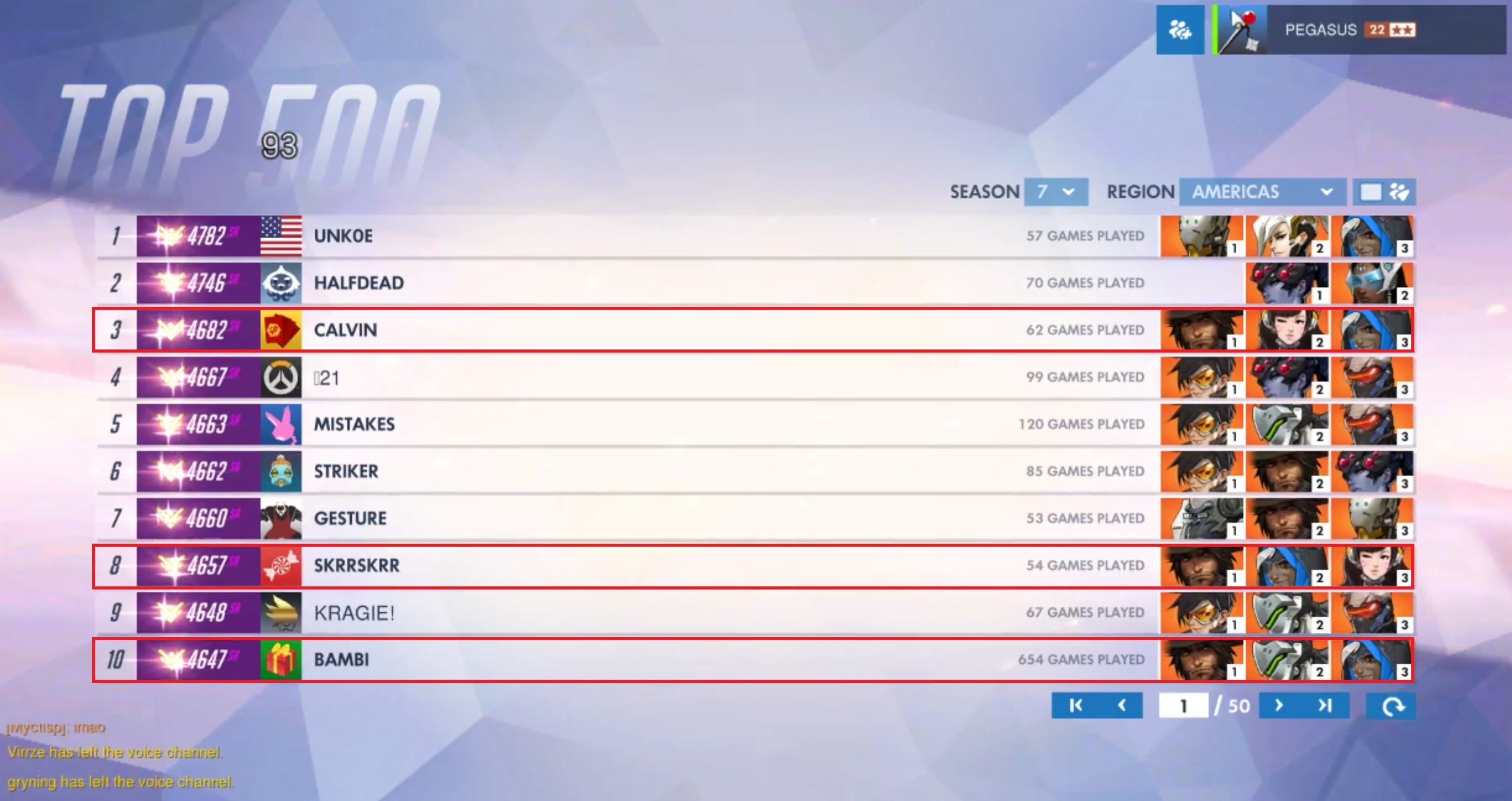
Players are motivated to keep playing in competitive mode to reach a higher tier and obtain a higher SR value. Winning or losing a game will yield about 25 SR gain/loss on average. Players are also matched up based on similar SRs, to keep the game balanced. If the underlying algorithm thinks that a player belongs to a higher tier, it will start matching player into slightly more challenging games. Thus, the SR value allows for a numerical comparison of a player’s skill and ability between peers and other players, and for some, bragging rights. Players in higher tiers have another motivation of climbing into the highest ranks of being in the leaderboards. With every account, the game keeps track of the player’s highest SR obtained in his/her career.


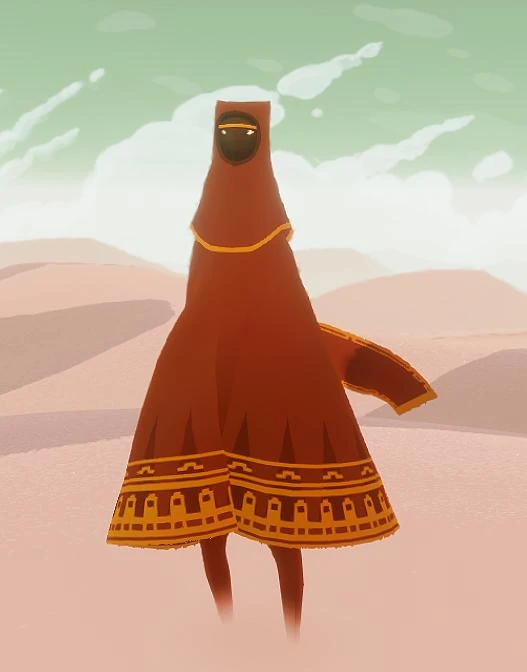

 The main features of the game is exploration via walking or brief flying. The game’s character features a magical scarf that allows the player to fly temporarily and is recharged by walking or some other means. Touching other glowing symbols scattered throughout the game allows the player to extend the scarf, thus extending its flight life.
The main features of the game is exploration via walking or brief flying. The game’s character features a magical scarf that allows the player to fly temporarily and is recharged by walking or some other means. Touching other glowing symbols scattered throughout the game allows the player to extend the scarf, thus extending its flight life.



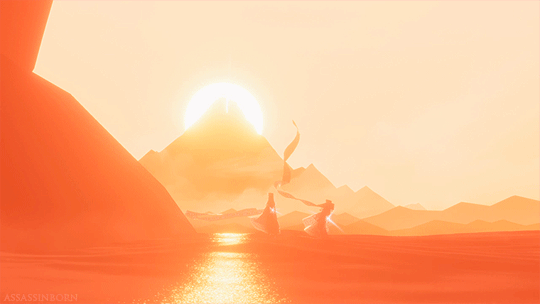
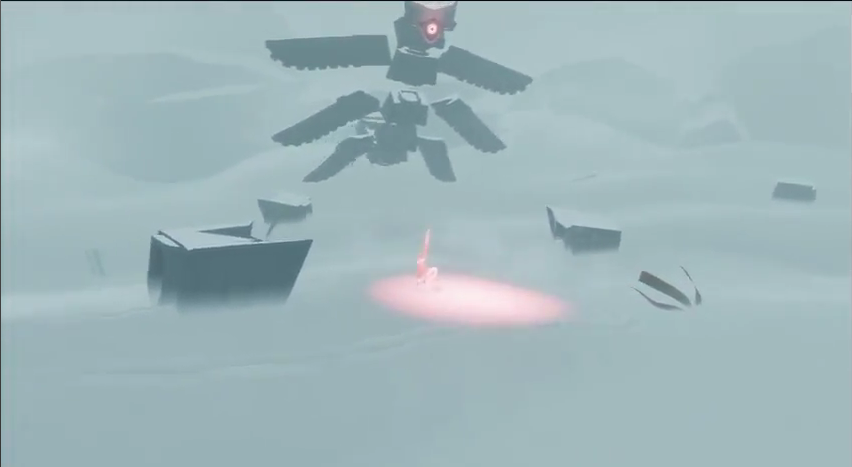 Every level has some sort of problem that the player must pass, whether it might be avoiding the Guardians (the enemies) or figuring out how to create a bridge between pillars. There is always some sort of puzzle to complete.
Every level has some sort of problem that the player must pass, whether it might be avoiding the Guardians (the enemies) or figuring out how to create a bridge between pillars. There is always some sort of puzzle to complete.
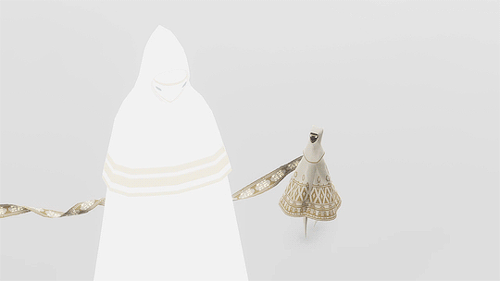 While most other games such as the Walking Dead, The Last of Us, etc. have strong storylines, the gameplay and the story is almost detached. Players don’t even need to play the game but instead simply watch a compilation of the cutscenes and still be able to feel emotion and grow attached to the protagonists. The gameplay in these games act as an additional support to make the stories interactive for players. In this sense, the two features are separate.
While most other games such as the Walking Dead, The Last of Us, etc. have strong storylines, the gameplay and the story is almost detached. Players don’t even need to play the game but instead simply watch a compilation of the cutscenes and still be able to feel emotion and grow attached to the protagonists. The gameplay in these games act as an additional support to make the stories interactive for players. In this sense, the two features are separate.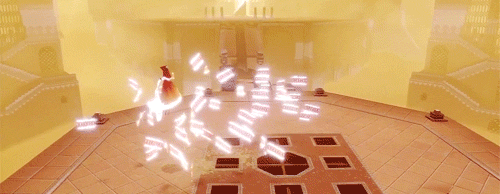


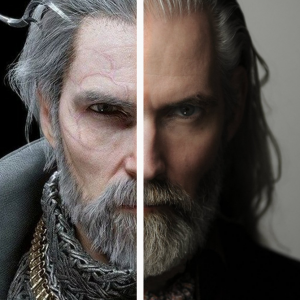

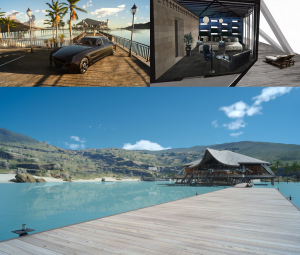


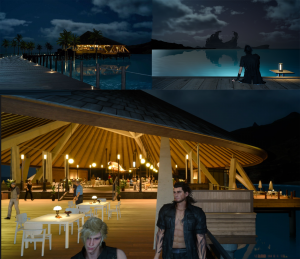
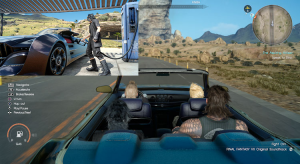
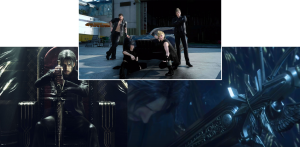





 Taken from Amazon.com
Taken from Amazon.com Taken from http://dimensionnxg.com/
Taken from http://dimensionnxg.com/ Taken from http://dimensionnxg.com/
Taken from http://dimensionnxg.com/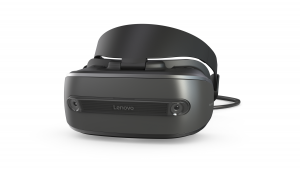

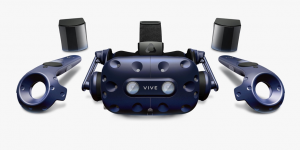


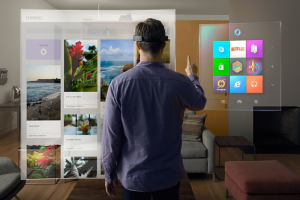
 Oculus Rift
Oculus Rift